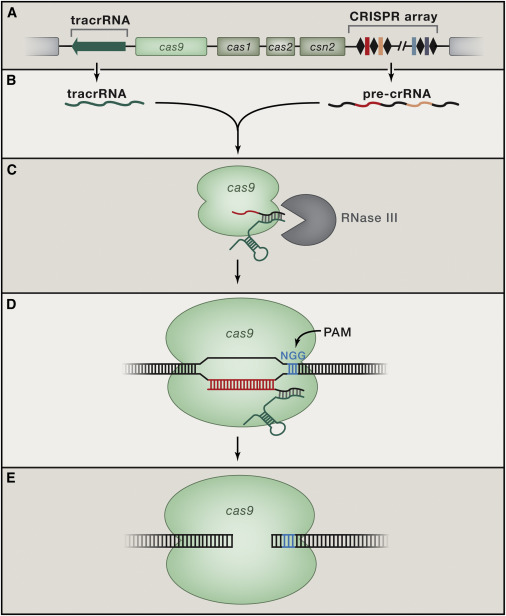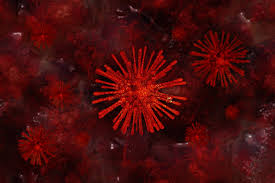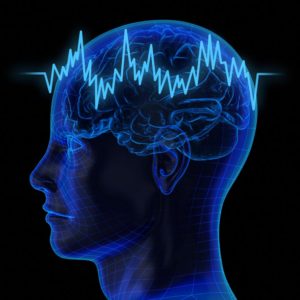It’s hard to recall a revolution that has swept biology more swiftly than CRISPR. Just 3 years ago, scientists reported that the CRISPR system an adaptive immune system used by microbes to defend themselves against invading viruses by recording and targeting their DNA sequences could be repurposed into a simple and reliable technique for editing, in living cells, the genomes of mammals and other organisms. CRISPR was soon adapted for a vast range of applications creating complex animal models of human-inherited diseases and cancers; performing genome-wide screens in human cells to pinpoint the genes underlying biological processes; turning specific genes on or off; and genetically modifying plants and is being used in thousands of labs worldwide. The prospect that CRISPR might be used to modify the human germline has stimulated international debate.
If there are molecular biologists left who have not heard of CRISPR, I have not met them. Yet, if you ask scientists how this revolution came to pass, they often have no idea. The immunologist Sir Peter Medawar observed, “The history of science bores most scientists stiff” (Medawar, 1968). Indeed, scientists focus relentlessly on the future. Once a fact is firmly established, the circuitous path that led to its discovery is seen as a distraction.
Yet, the human stories behind scientific advances can teach us a lot about the miraculous ecosystem that drives biomedical progress about the roles of serendipity and planning, of pure curiosity and practical application, of hypothesis-free and hypothesis-driven science, of individuals and teams, and of fresh perspectives and deep expertise. Such understanding is important for government agencies and foundations that together invest, in the U.S. alone, more than $40 billion in biomedical research. It is also important for a general public who often imagines scientists as lone geniuses cloistered in laboratories. And, for trainees, it is especially valuable to have a realistic picture of scientific careers, as both guide and inspiration.
Over the past several months, I have sought to understand the 20-year backstory behind CRISPR, including the history of ideas and the stories of individuals. This Perspective is based on published papers, personal interviews, and other materials including rejection letters from journals. At the end, I try to distill some general lessons. (As background, Figure 1 provides a brief overview of a type II CRISPR system, the variety that has been repurposed for genome engineering.)
Most of all, the Perspective describes an inspiring ensemble of a dozen or so scientists who with their collaborators and other contributors whose stories are not elaborated here discovered the CRISPR system, unraveled its molecular mechanisms, and repurposed it as a powerful tool for biological research and biomedicine. Together, they are the Heroes of CRISPR.







